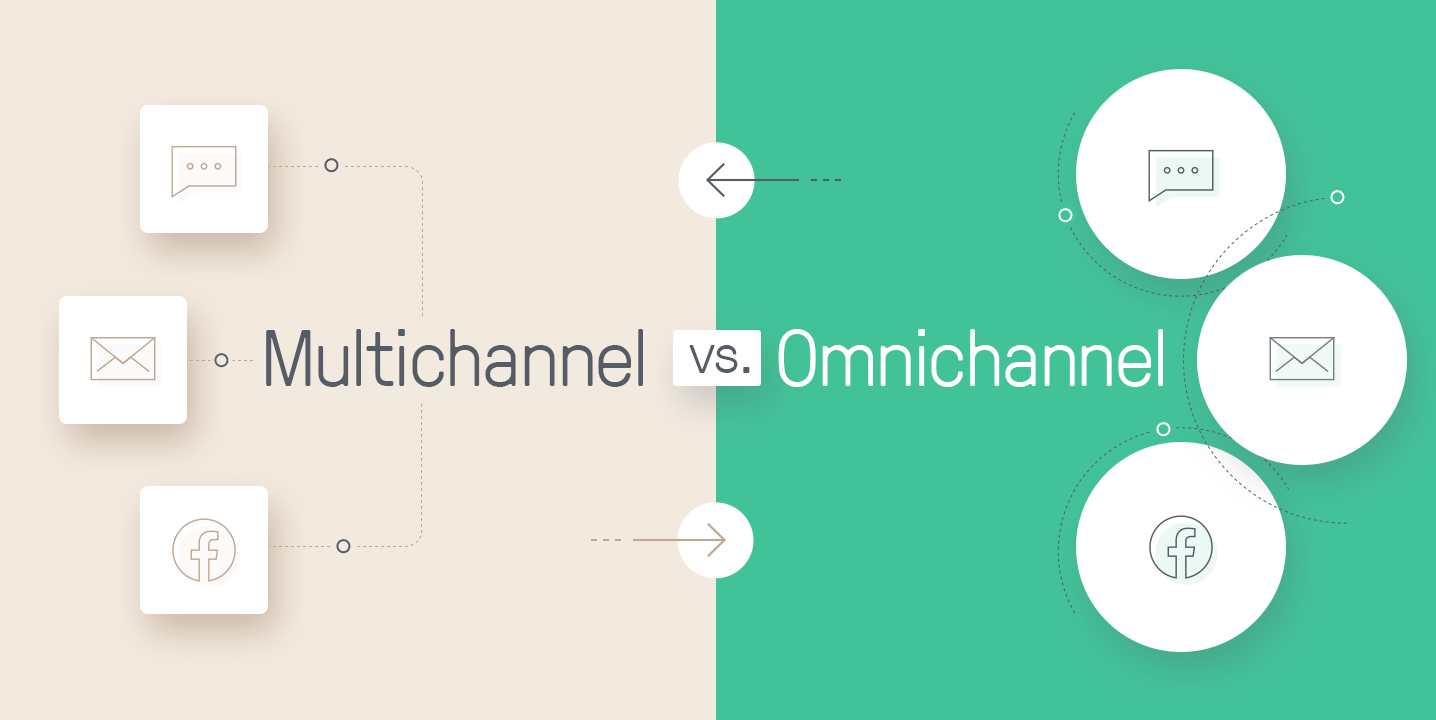
30 December 2020
What is the difference between omnichannel and multichannel retailing?
Admin
Omni-Channel
Omni-channel VS Multi-channel retailing
What came first the chicken or the egg? In this case we couldn’t have omnichannel without multichannel. Omnichannel is the evolution of multichannel operations.
To explain the difference in simplicity:
Multi-channel = Selling to shoppers via more than one channel (channel-centric with an individual experience dependant on channel)
Omni-channel = Providing the same experience across all channels (shopper-centric for the entire customer experience)

The four key channels include online stores, physical stores, marketplaces and social.
Multichannel retailing is each channel working in isolation, it starts with the company and moves outward to channels. Omnichannel retailing is delivering a consistent, personalised experience for shoppers across all channels and devices. It starts with the customer and seamlessly interacts between channels for a unified experience.
Omnichannel retailing realises that shoppers use multiple channels to engage with a brand before making a purchasing decision, so Omnichannel commerce focuses on providing a unified and integrated customer experience regardless of the channel being used.
With Multichannel if a company wants to update their customers about a promotion they might tell each channel team to manage the campaign independently (online, in-store, marketplace, social) and hope the customers will buy more from one channel.
A company following a multi-channel approach will have different messaging per channel e.g, an online store experience, an in-store experience, a social experience and a marketplace experience. Problems can obviously arise when customer’s experience is inconsistent with different messaging and lack of integration.
With Omnichannel there would be a unified, integrated, seamless and consistent message focused on the customer experience across every interaction point.
Statistics show that customers who engage with an omnichannel experience purchase more (13% more) than those who did not.
The major problems with multi-channel are style inconsistencies, miscommunication between channels, promotional mismatch, stock availability issues etc – this all results in frustrated customers.
Knowing all this why would any retailer still choose Multichannel approach?
Good question. The only reason would be because its easier and less expensive (requires less coordination, planning and integration). But at what cost considering the poor customer experience and reduced sales.
It is critical for retailers to survive in the digital connected social age to have a well implemented omnichannel strategy.
For more information on how to setup an integrated omnichannel experience for your B2C or B2B customers contact acidgreen today. acidgreen has over 20 years digital commerce experience and were pioneers of omnichannel retailing in Australia.
Need help setting up your e-commerce website?
Contact Us